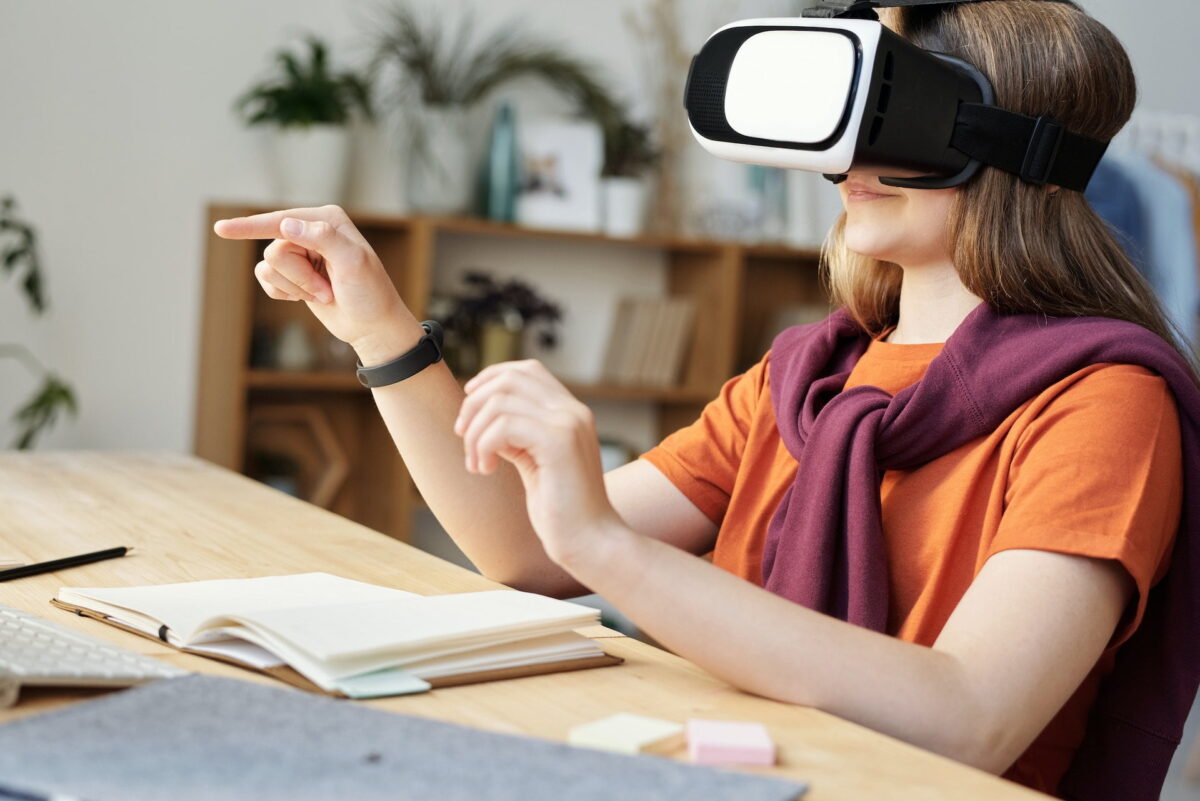Virtual reality to alleviate youth unemployment in Nevada

Nevada is struggling with high youth unemployment. To reintegrate disconnected youth, the state is turning to virtual reality.
Many know Las Vegas primarily as a glamorous gambling oasis. A place for wild party nights or stylish shows by famous artists. However, the city in the desert is more than just glitz and glamour. Many teenagers and young people are unemployed. Many have few apparent career opportunities after leaving school. A new virtual reality program reintegrates them.
Unemployment in Nevada hits young people hardest
With 2.3 million inhabitants, Clark County is the most populous county in the state of Nevada. It is home to 72 percent of all residents in the state. In Clark County alone, there are currently about 46,000 youth and young adults between the ages of 16 and 24 classified as "disconnected youth." These are young people not enrolled in school or looking for work.
The Guinn Center is a non-profit that looks at key sociopolitical challenges for the State of Nevada. According to a recent report by the Guinn Center, these numbers continually rise. In this age group, Nevada's unemployment rate is higher than the national average. No other age group in Nevada struggles more with unemployment.
Virtual reality to offer prospects
To help youth regain perspective on the job market, the West Charleston Library in Las Vegas uses virtual reality. It recently launched the Employ NV Youth Hub and Teen Zone.
"The new Employ NV Youth Hub will provide additional entry points into the workforce for our young people by providing access to internships, pre-apprenticeships, mentoring, pay training, and yes, J-O-B-S, jobs," said Assemblyman Steven Horsford during the grand opening.
The center aims to provide young people with skills to enter the workforce. A key component of the program is a VR simulation to assist participants in their career development. In the VR headset, young people experience real-life job scenarios and get insight into various activities. This is intended to help them find out which occupations interest them.
Soft skills training for young professionals
In addition to gaining an insight into the day-to-day work of firefighters, tradespeople, or utilities and waste disposal workers, visitors to the Youth Hub also learn various skills in VR, such as correctly using a fire extinguisher.
The industry often relies on VR training, especially for activities that are costly to recreate in the real environment or dangerous to learn. In Germany, woodworkers and forestry workers learn how to use a chainsaw in VR, and in Florida, a police station practices dangerous operations in virtual reality.
VR training at the Youth Hub also introduces participants to the increasingly important immersive technologies of virtual reality and augmented reality.
“I think roughly about in the next 20 or so years, we'll be doing a lot of things virtually … simply because technology is on the rise and individuals definitely need to know how to work these types of systems to actually navigate through the workforce system,” said Christopher Williams of the Employ NV Youth Hub.
Immersive learning on the rise
Learning in virtual reality benefits primarily from increased immersion. Learning content is not only cognitively comprehended, but also physically internalized. The VR environment enables the actual performance of an activity and supports human memory performance through visual stimuli. Researchers at the University of Maryland already proved this in 2018.
The study shows that virtual reality environments boost memory. Using the Memory Palace method, the researchers showed that people using VR headsets remember things more easily due to the improved spatial orientation and immersion.
Immersive media is also becoming increasingly interesting for universities. The start-up Bodyswaps offers soft-skill training in virtual reality to practice job interviews, for example. Together with 10,000 students at universities in the USA, Canada and Europe, the company currently conducts studies to find out how VR can be optimally used at universities.
Note: Links to online stores in articles can be so-called affiliate links. If you buy through this link, MIXED receives a commission from the provider. For you the price does not change.